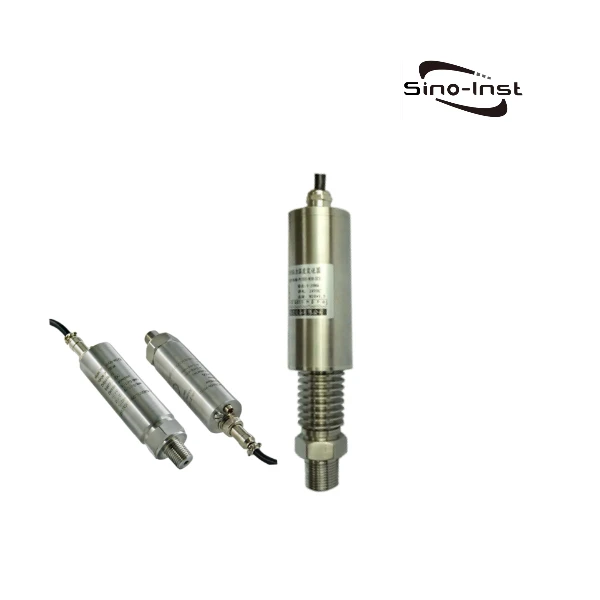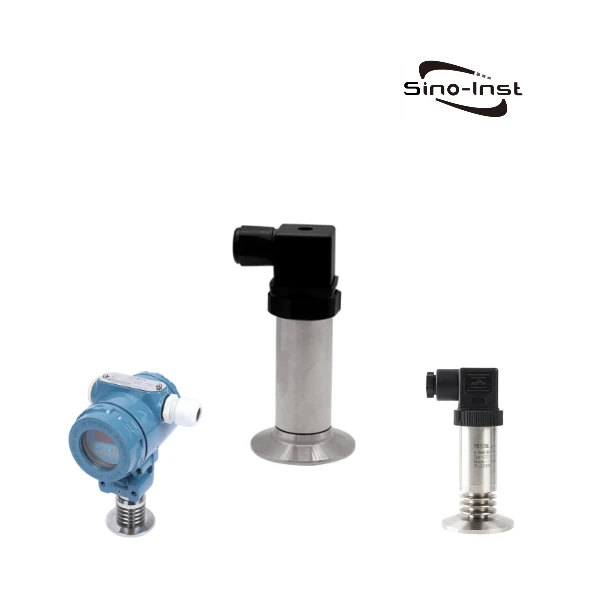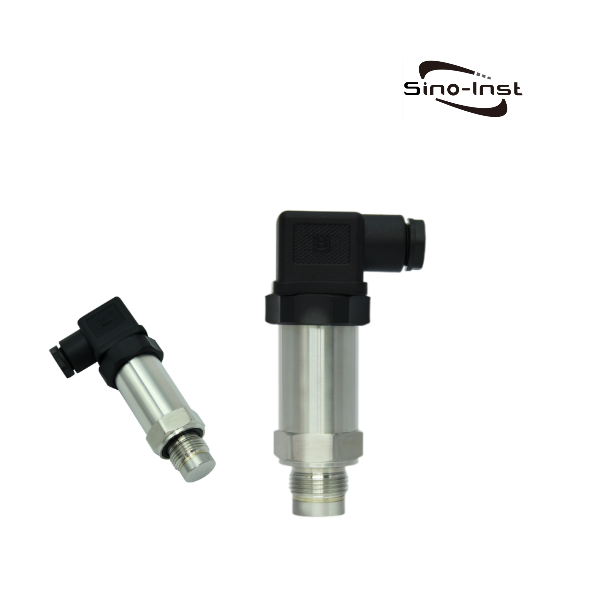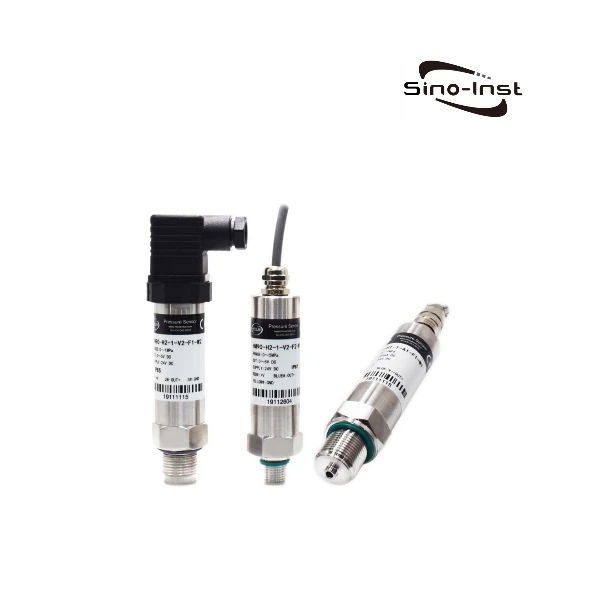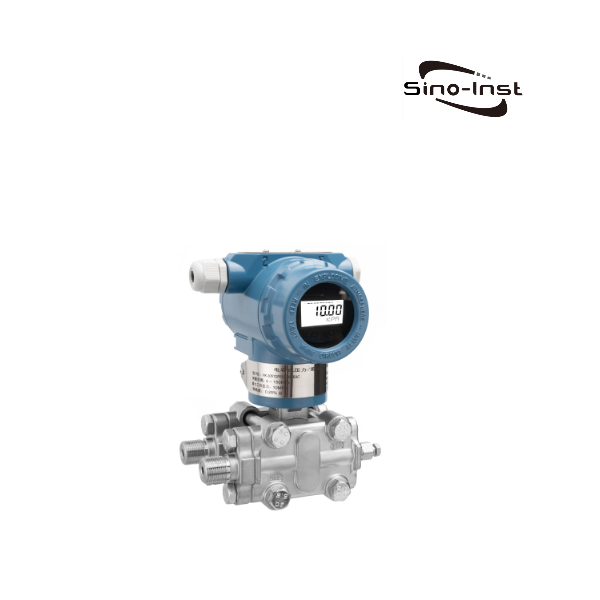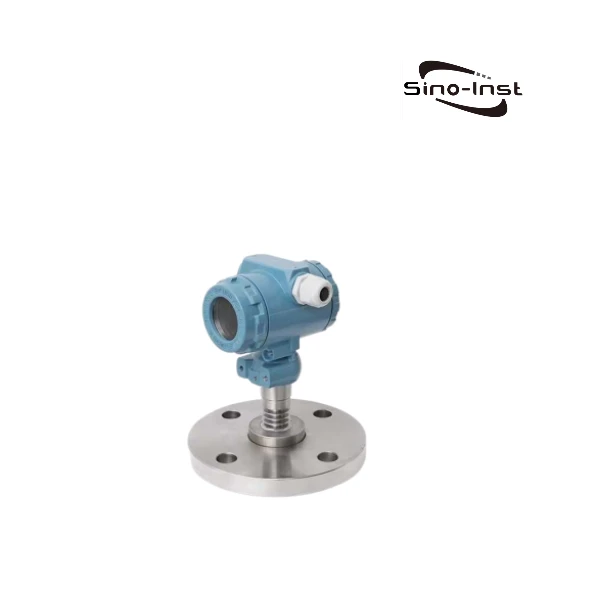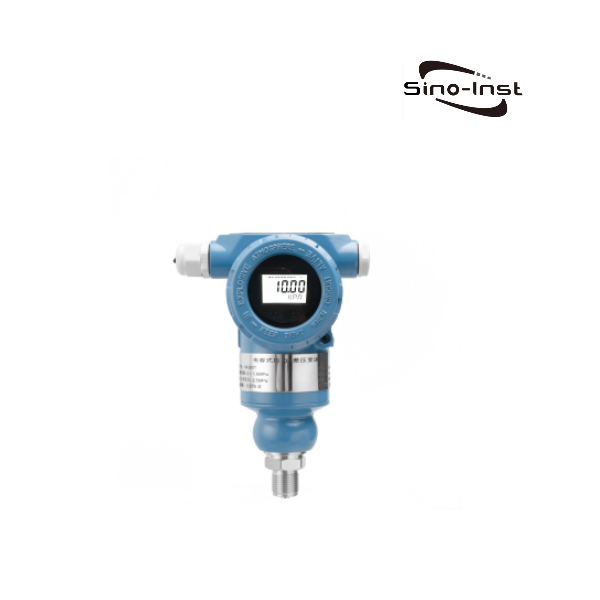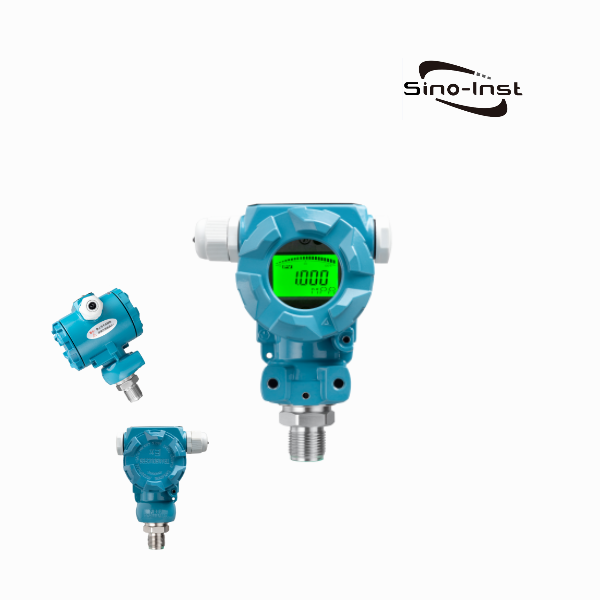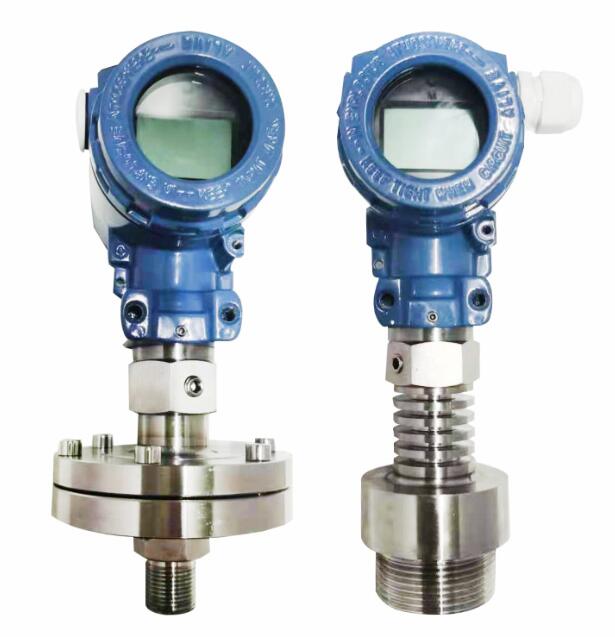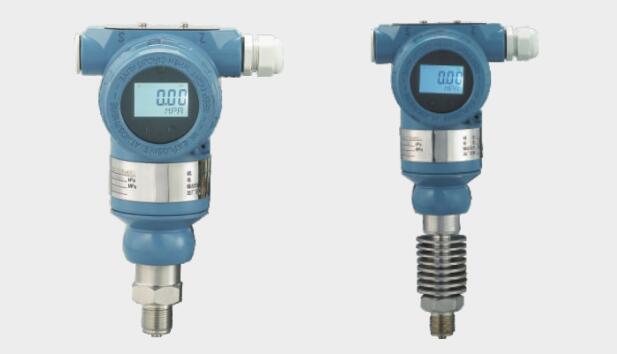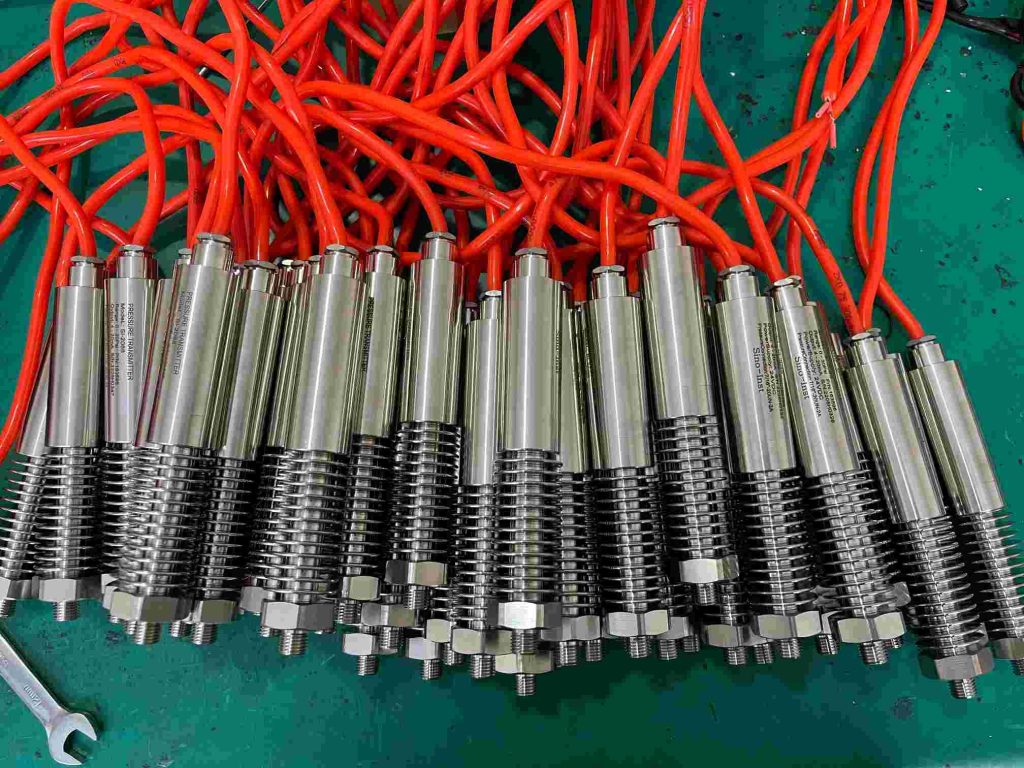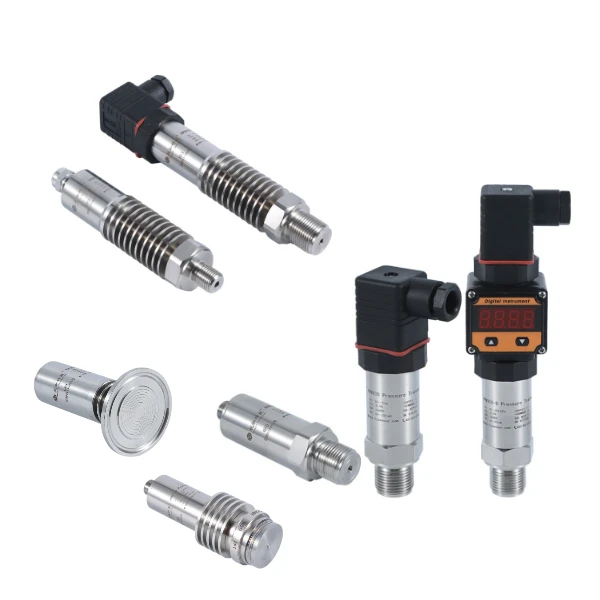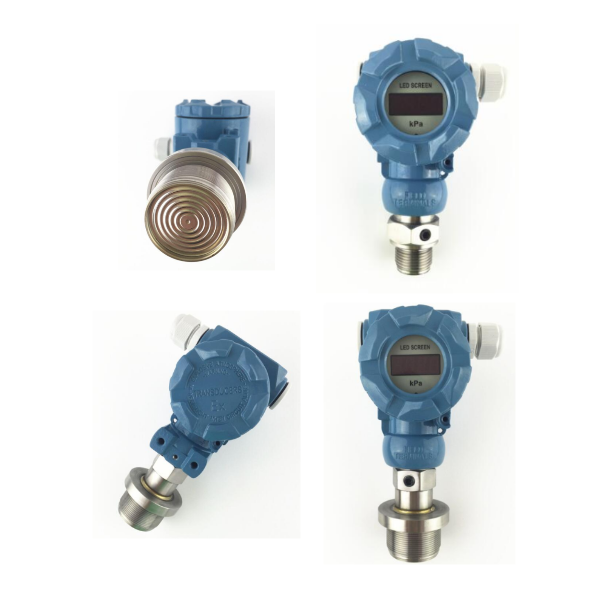
Selection of pressure transmitters is related to its use. Generally, when selecting, it is necessary to consider many factors comprehensively. Including what kind of pressure to measure, what kind of pressure medium, accuracy requirements, temperature range, and how to obtain The output signal? Do you need an interchangeable pressure transmitter? Stability and so on. When selecting a pressure transmitter, the principles of applicability, economy, convenience, easy maintenance, and intelligence should also be followed. Let’s take a look at how to choose a pressure transmitter.
Selection of Pressure Transmitters
How do you choose a pressure transmitter?
There are many types of pressure transmitters. When using it, it is necessary to select the appropriate type of pressure transmitter according to the needs. The main factors that need to be referred to when selecting the pressure transmitter are:
- What kind of pressure is measured
First determine the maximum value of the measured pressure in the system. Generally speaking, it is necessary to select a pressure transmitter with a pressure range that is about 1.5 times larger than the maximum value.
- What kind of pressure medium
Viscous liquids and mud will block the pressure port. Solvents or corrosive substances will not damage the materials in the transmitter that are in direct contact with these media. The above factors will determine whether to choose a direct isolation film and a material that is in direct contact with the medium.
- Accuracy of pressure transmitter
The factors that determine the accuracy of pressure transmitters are nonlinearity, hysteresis, non-repeatability, temperature, zero offset scale, the influence of temperature, etc. The higher the accuracy, the higher the price.
- Temperature range of pressure transmitter
Usually a transmitter will calibrate two temperature ranges. One of the temperature ranges is the normal operating temperature, and the other is the temperature compensation range. The normal operating temperature range refers to the temperature range when the transmitter is not damaged under working conditions. It may not meet the performance specification of its application when the temperature compensation range is exceeded.
- What kind of output signal needs to be obtained
Digital output in mV, V, mA and frequency output. Which output to choose depends on many factors. Including the distance between the transmitter and the system controller or display. The presence of “noise” or other electronic interference signals. Whether an amplifier is required, amplifier location, etc.
The most economical and effective solution is to use mA output transmitters for many OEM devices with short distances between transmitters and controllers.
If the output signal needs to be amplified, it is best to use a transmitter with built-in amplification.
For long-distance transmission or strong electronic interference signals, it is best to use mA level output or frequency output.
If in an environment with high RFI or EMI indicators, in addition to selecting mA or frequency output, special protection or filters should also be considered.
- What kind of excitation voltage to choose
The type of output signal determines what excitation voltage to choose. Many transmitters have built-in voltage regulation and therefore have a wide range of supply voltages. Some transmitters are configured quantitatively and require a stable working voltage. Therefore, the working voltage determines whether to use a sensor with a regulator. When selecting a transmitter, the working voltage and system cost should be considered comprehensively.
- Do you need an interchangeable pressure transmitter?
Determine if the required pressure transmitter can accommodate multiple usage systems. This is important in general, especially for OEM products. Once the product is delivered to the customer, the customer’s cost for calibration is considerable.
If the product has good interchangeability, even changing the pressure transmitter used will not affect the effect of the entire system.
- The stability of the pressure transmitter after working overtime
Most pressure transmitters will “drift” after overwork. Therefore, it is necessary to know the stability of the transmitter before purchasing. This kind of pre-work can reduce all kinds of troubles in future use.
- Protection level of pressure transmitter
The protection level of the pressure transmitter is often easily overlooked. However, this point will gradually expose its shortcomings in future use. When purchasing a transmitter, be sure to consider the working environment and humidity of the pressure transmitter in the future. How to install the transmitter. Will there be strong impact or vibration, etc.
- What kind of connection is used between the pressure transmitter and other electronic equipment
Including whether to use short-distance connection? For long-distance connections, do I need to use a connector? These must be considered clearly.
Featured Industrial Pressure Transmitters
Selection principle of pressure transmitter
In addition to the above 10 points, we should pay attention to when selecting the pressure transmitter. When purchasing pressure transmitters, we also need to follow the following principles:
When selecting a pressure transmitter, some principles should also be paid attention to:
- Applicable principles
The pressure transmitter with suitable pressure and accuracy should be selected based on the property index of the measured medium. For example, the measured medium is a place with high viscosity, easy crystallization and strong corrosion. You must choose an isolated transmitter.
- Economic principles
From an economic point of view, the material of the outer diaphragm and the insert part is more important, and the appropriate one should be selected. However, the connecting flange can reduce the material requirements. If carbon steel is used, it will save a lot of cost.
- The principle of convenience
The selected pressure transmitter should be easy to install and use. For example, in high-altitude areas, absolute pressure transmitters should be used; in places where wiring is inconvenient. A wireless pressure transmitter should be used.
- The principle of easy maintenance
The selected pressure transmitter should be stable in use and not prone to failure problems. In case of failure, maintenance should be convenient.
- Smart principles
In the era of intelligent development of industrial instruments, intelligent pressure transmitters should be given priority.
Selection of pressure transmitter must be decided before purchasing a pressure transmitter. To ensure the reasonable and reliable use of the pressure transmitter, it must be reasonably selected and installed correctly.
Selection of pressure transmitter is mainly considered from the measured medium, temperature environment, accuracy level, installation and maintenance costs, etc. After determining the manufacturer and model of the transmitter used, determine its range according to the requirements of use. When selecting the measurement range, the principles of adjustable range, high precision and moderate price should be followed.
Sino-Inst is a manufacturer of industrial pressure transmitters. We supply more than 50 kinds of pressure transmitters. Including diffused silicon pressure transmitters, capacitive pressure transmitters, single crystal silicon pressure transmitters, temperature and pressure dual-function transmitters, etc.
Sino-Inst has been supplying customers with high-quality, cost-effective industrial pressure transmitters for many years.
If you need to purchase Industrial Pressure Transmitters, or have any technical questions about Industrial Pressure Transmitters, please feel free to contact our engineers.
-1.jpg)
